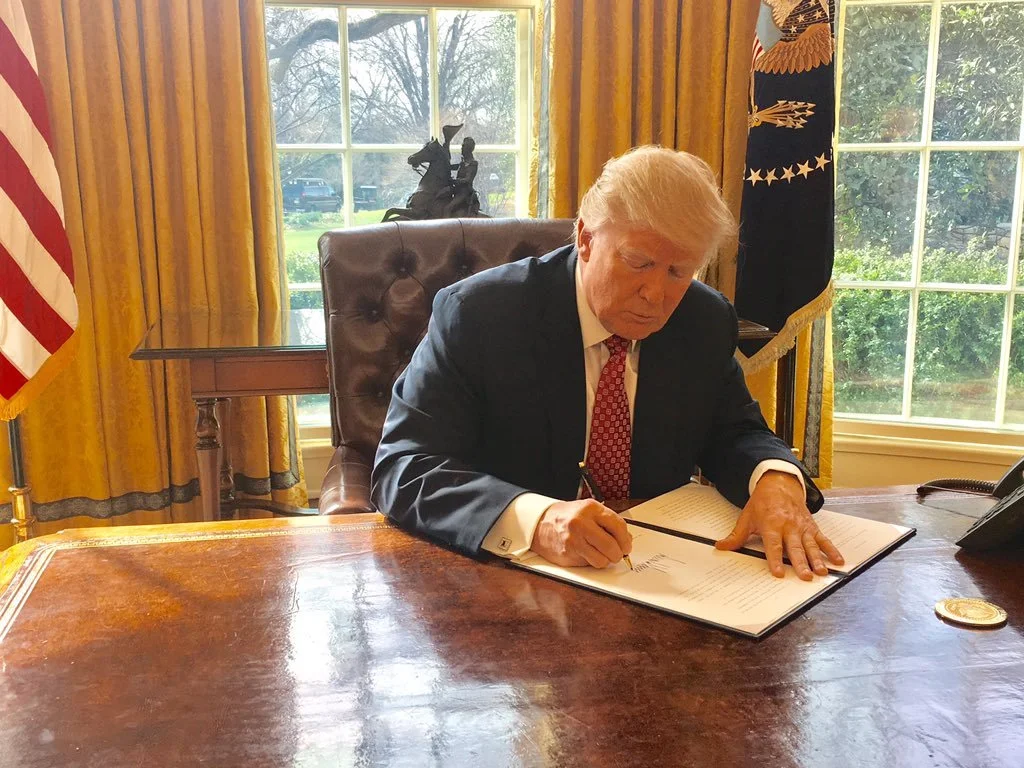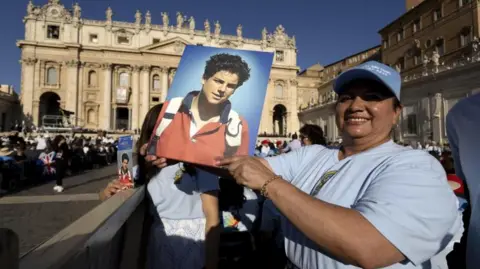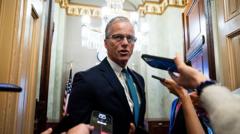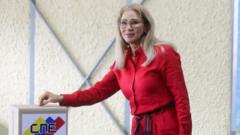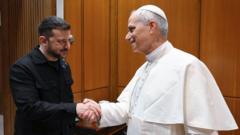The conclave setting has been reported to involve strict protocols to ensure confidentiality. Cardinals are operating without modern distractions such as phones or the internet, as they engage in a traditional voting process steeped in secrecy. Variability in opinions suggests potential outcomes may differ considerably from past elections, complicating predictions on the eventual successor to Pope Francis.
The procedures of the conclave can influence how quickly a new leader is determined, given that prior elections have ranged widely in duration—from hours to lengthy interludes stretching across months. Historically, conclaves were prolonged by external dynamics, but modern practices have shifted to ensure timely selections.
Today, voting will recommence, with the first ballot anticipated around 10:30 a.m. local time, while subsequent rounds are scheduled throughout the day based on the outcomes of the preceding votes. As cardinals strive to elect a leader who reflects their collective vision for the Church, the weight of history and contemporaneous challenges underscore the gravity of their task.
The ancient mechanism of smoke signals—white for a successful election and black for no decision—remains central to informing the faithful awaiting news of their new spiritual leader.
As the conclave unfolds, watch for updates outlining the progress and discussions from within the Sistine Chapel, marking an important chapter in Catholic history.
Cardinals to vote again today; uncertainties linger on how long selection process will last.
The procedures of the conclave can influence how quickly a new leader is determined, given that prior elections have ranged widely in duration—from hours to lengthy interludes stretching across months. Historically, conclaves were prolonged by external dynamics, but modern practices have shifted to ensure timely selections.
Today, voting will recommence, with the first ballot anticipated around 10:30 a.m. local time, while subsequent rounds are scheduled throughout the day based on the outcomes of the preceding votes. As cardinals strive to elect a leader who reflects their collective vision for the Church, the weight of history and contemporaneous challenges underscore the gravity of their task.
The ancient mechanism of smoke signals—white for a successful election and black for no decision—remains central to informing the faithful awaiting news of their new spiritual leader.
As the conclave unfolds, watch for updates outlining the progress and discussions from within the Sistine Chapel, marking an important chapter in Catholic history.
Cardinals to vote again today; uncertainties linger on how long selection process will last.


